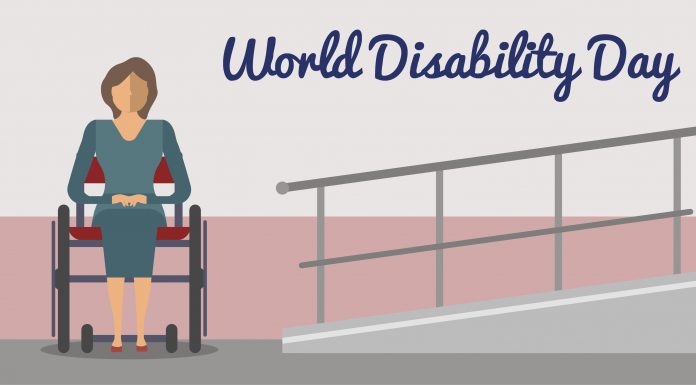In recent years, the trend of multi-generational households, consisting of at least two adult generations or grandparents and grandchildren younger than 25, is on the rise. According to the Pew Research Center, 26.8 million people in 1960 lived with multiple generations under one roof and by 2018 that number of multi-generational homes has risen to 64 million – or 1 in every 5 Americans. Moreover, a survey by John Burns Real Estate Consulting shows that as many as 41 percent of Americans buying a home or looking at multifamily housing options are considering how to accommodate an aging parent or adult child.
As these studies show, we’re likely to see an increase in aging parents or grandparents moving in (if we haven’t already), and as such, it’s important that we find ways to accommodate everyone, and to do so harmoniously. Increasingly, this will mean ensuring that the technology used in the home benefits everyone.
Backed by survey data from Xfinity Communities, here are three technologies homeowners and multifamily property owners should have to ensure their technology is up to par, not only for their kids, but especially for their aging parents or grandparents:
Invest in smart technology
For most seniors, it’s more intuitive to give a smart home assistant (like a Google Home or Amazon Echo) a command than to locate their phone, focus their eyes on tiny fonts and use steady hands to navigate through mobile applications. Additionally, a smart home assistant can make tasks like turning off the lights or changing the temperature a lot easier for those with mobility issues.
Also, home sensors that notify users when the fridge is open or when the stove and/or oven is still on can provide homeowners with an extra peace of mind when they need to step out for a minute. Not to mention, medical reminders can help keep everyone on track when it comes to taking medications or health supplements.
Indulge with good programming and their favorite shows and movies
After years (nay, decades) spent studying, working and caring for others, aging residents deserve access to the shows and movies they know and love. Better yet, Xfinity’s X1 platform provides a number of special accommodations for aging residents, including large-button remotes for the visually impaired, closed-captioning for the hearing impaired, and the newest Xfinity X1 voice remote comes with a talking guide that not only reads on-screen text and announces instructions to help users navigate the TV, but also responds to voice commands such as “Play Monday Night Football” or “Show me more movies like Frozen,” or questions like “When do the Florida Gators play?”
These special accessibility features enable aging residents to be more independent while also helping everyone in the household enjoy their leisure time more.
Provide fast, reliable and ubiquitous Internet access
The main challenge to providing these amenities is that smart technology and the ability to stream top-notch shows and movies requires strong connectivity. As such, it’s important that multifamily owners – both in senior housing and beyond – work with their network provider to ensure their Wi-Fi and Internet speeds are able to accommodate the potential for all generations under one roof and the technologies they’ll be using.
This is especially critical for older residents, as according to a recent Xfinity Communities survey, this age group is most interested in having Wi-Fi access anywhere on the property – whether they’re relaxing in the living room, winding down in their bedroom or chilling out by the pool.
As our homes change to accommodate a growing and more diverse family, it will also be crucial to provide accessible, intuitive and suitable technology for everyone. For aging residents, this will mean access to smart tech, quality programming and reliable connectivity.


























